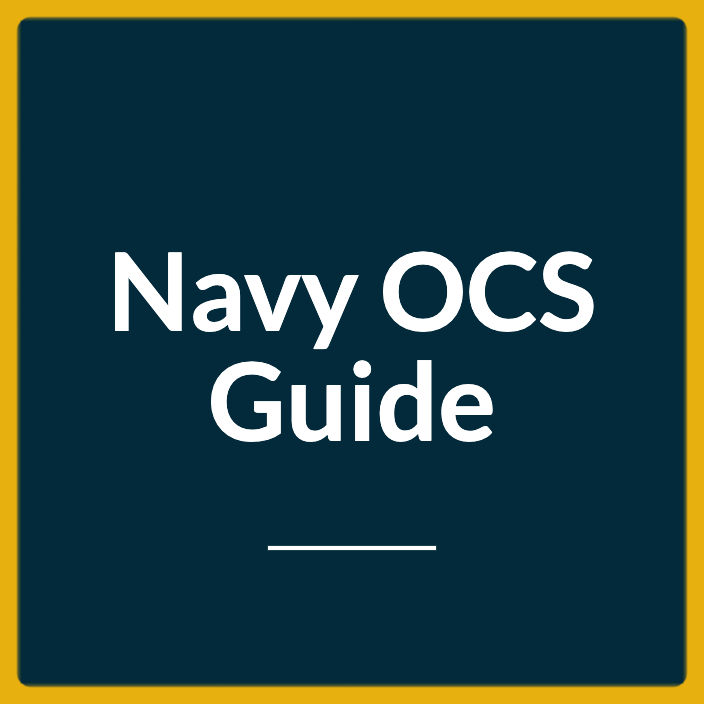Last Updated on March 4, 2024
Stepping into a career as a Navy Officer is akin to embarking on a journey across uncharted waters.
One of the most critical navigational aids on this voyage is a comprehensive understanding of Equal Opportunity (EO) within the Navy.
It’s more than just a feel-good term; it’s a structured approach to ensure fairness, eliminate bias, and foster an environment where every sailor can thrive.
This guide aims to deep-dive into the intricate tapestry of Equal Opportunity, revealing its importance, requirements, and key concepts for Navy Officers.
What is Equal Opportunity in the Navy?

Definition
Equal Opportunity in the Navy is a systematized doctrine that promotes fairness, justice, and fair treatment for all its personnel, irrespective of their racial, ethnic, or social background, gender, sexual orientation, or religious beliefs.
This policy extends to various aspects of naval life, including recruitment, promotions, assignments, and day-to-day operations.
Equal Opportunity in the Navy is based on the principle of non-discrimination. Through this policy, all personnel are expected to treat each other with respect and dignity, regardless of their differences.
All personnel should be evaluated solely on merit and performance, not on any irrelevant characteristics. This includes providing equal access to training opportunities and career advancement.
This policy is a key element of readiness that helps to ensure the Navy has a top-quality workforce. It also contributes to a positive environment for sailors, where everyone can work together in harmony and trust.
Importance of Equal Opportunity
The rationale for EO goes beyond ethical obligations. It also plays a role in strengthening the Navy as an institution.
According to studies, diverse groups are more effective at problem-solving and are more innovative. This makes EO not just a matter of justice, but a critical factor in maintaining the Navy’s efficiency, effectiveness, and overall operational readiness.
Discrimination, whether overt or subtle, can corrode the unity of a unit and introduce fissures that could prove detrimental in mission-critical situations.
By providing an EO program, the United States Navy actively encourages respect for all members and creates a culture of inclusion that allows everyone to contribute their full potential.
This means that regardless of race, gender, religion, age, or ethnicity, sailors can operate as one cohesive unit without worrying about discrimination or harassment.
Besides fostering a more harmonious environment between members of different backgrounds, an EO program also provides protection against unlawful discrimination.
This includes providing recourse for personnel who believe they have been subjected to prejudicial treatment, either from within or outside the Navy.
Equal Opportunity Requirements for Navy Officers
Federal Laws and Military Guidelines
Understanding the EO requires familiarity with both federal laws and military directives. The Civil Rights Act of 1964 prohibits employment discrimination based on race, color, religion, sex, or national origin.
This Act is bolstered by OPNAVINST 5354.1, which outlines the Navy’s own EO policies and procedures.
As a Navy Officer, it’s not merely about following these guidelines; you’re also responsible for their implementation and enforcement within your command.
Mandatory Training
One can’t emphasize enough the importance of training in fostering an environment that is just and unbiased.
EO training for Navy Officers covers an extensive syllabus that includes policy understanding, awareness building, and even simulations that prepare officers for real-world situations.
This training is mandatory and often recurs throughout an officer’s career to ensure the information is current and applied.
Typically, the syllabus covers topics such as discrimination and sexual harassment, workplace respect, and diversity.
It stresses the importance of equal opportunity in all areas of work, from personnel selection to evaluation.
Besides policy understanding, officers will be trained in recognizing the signs of discrimination or harassment and how to respond appropriately.
Moreover, they’ll be given strategies for creating a positive environment that encourages diversity and respect.
Reporting Mechanisms
An essential aspect of EO is the framework for reporting incidents of discrimination. The Navy has implemented several reporting channels, ranging from immediate superiors to specialized EO advisors and even external channels like the Inspector General.
This ensures that sailors who experience or witness discrimination have multiple avenues to report it without fearing retribution.
Formal & Informal Complaints
If a sailor believes they have been the victim of discrimination or harassment, they can file either a formal or informal complaint with the Equal Opportunity (EO) program.
A formal complaint is one that requires an investigation, while an informal complaint does not lead to an investigation but may be addressed through counseling or mediation.
A formal complaint is typically more serious and may include allegations of discrimination or reprisal.
The Navy’s commitment to EO means that all allegations of discrimination and acts of reprisal are taken seriously and investigated.
This is especially true for those who file formal complaints, as they are entitled to due process under the law.
It’s important to note, however, that even with a formal complaint, no one can guarantee a particular outcome. The investigation ensures that the facts are gathered and considered before a decision is made.
On the other hand, an informal complaint may be settled more quickly, but is less likely to result in disciplinary action.
Be that as it may, this allows more privacy to the complainant and can be beneficial in less serious cases.
It can still be useful, however, as it alerts the EO program to potential issues and helps ensure that all sailors have a safe and fair work environment.
Concepts You Must Know
Affirmative Action
Affirmative Action is a set of procedures aimed at leveling the playing field. While EO focuses on ensuring equal treatment, Affirmative Action addresses systemic issues that could be a hindrance to this aim.
It’s a proactive approach to foster inclusivity, particularly in recruitment and promotions.
Gender Equality
The Navy has come a long way since women were first allowed to serve more than a century ago.
Recent policy updates, such as the 2015 decision to lift the ban on women serving in combat roles, have helped to advance gender equality within the Navy.
However, the fight is far from over; ongoing initiatives aim to close the gender gap even further.
Religious Accommodations
The Navy operates under a comprehensive religious accommodation policy that aims to respect the religious diversity of its sailors.
While operational demands take precedence, the policy permits flexibility in uniforms, grooming, dietary requirements, and worship practices whenever workable.
Real-World Examples
Trailblazing Women
Admiral Michelle Howard not only became the first African American woman to command a Navy ship, but also the first woman to achieve the rank of a four-star admiral.
Her groundbreaking career is an illustrious example of the strides being made in gender diversity because of the Navy’s EO policies.
LGBTQ+ Inclusion
The repeal of the “Don’t Ask, Don’t Tell” policy in 2011 marked a pivotal moment for LGBTQ+ rights within the military.
This watershed decision was further solidified by subsequent policies that allowed transgender individuals to serve openly and extended spousal benefits to same-sex couples.
Closing Thoughts
The responsibilities of a Navy Officer in the realm of Equal Opportunity are both expansive and critical.
This is not a box-ticking exercise, but a cornerstone of leadership. It requires a well-rounded understanding of the relevant laws and guidelines, a commitment to continuous education, and the courage to enforce these principles even when faced with resistance.
A Navy Officer’s engagement with EO shapes not just the immediate work environment, but lays down the foundation for the Navy of the future.
By committing to Equal Opportunity, Navy Officers do more than just comply with laws and guidelines.
They contribute to the creation of a Navy that reflects the diverse fabric of the society it serves. To all those sailing these waters, remember: A rising tide lifts all boats. Fair winds and following seas.


